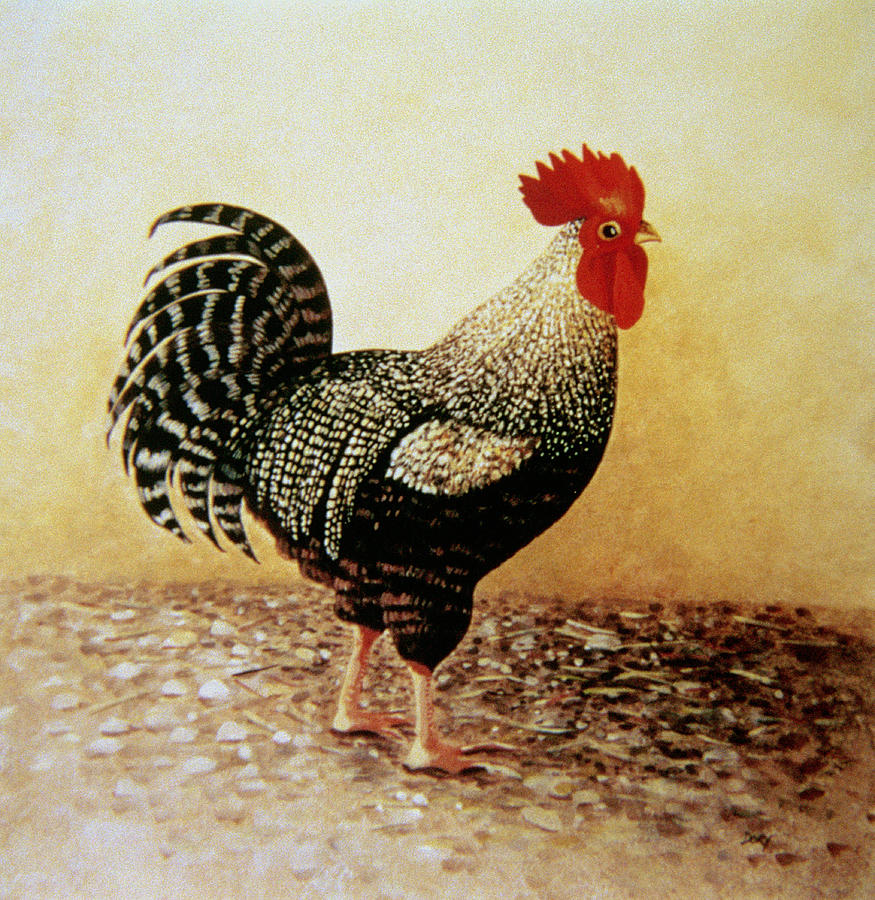Don Bernabe's Speckled Rooster
 |
| Speckled Rooster by Dory Coffee |
 |
| Chifrijo |
 |
| Costa Rican Tamales |
The
dish I decided to make is Gallo
Pinto, a breakfast entree whose culinary stars are rice and black beans
served with eggs. There are several variations
of the dish, some which utilize red beans instead of black beans, and a different
mixture of vegetables and/or spices. The
name for this dish, translated as “speckled rooster”, can be attributed to the
visual appearance of the white rice and black beans mixed together. Local stories pin its origins in the small
town of San
Sebastian, where Don Bernabe boasted widely of his prized spotted rooster. Word spread and one day a large crowd of
townspeople formed wanting to try a taste of the infamous bird. Thinking quickly, Don Bernabe paid homage to
the appearance of the rooster while sparing his life by preparing a mountain of
rice and beans for the people to eat.
 Traditionally
served along with eggs, the dish can be made in 20 minutes if ingredients are
pre-made the night before. Gallo Pinto
calls for one particular unique ingredient: salsa Lizano, a tangy and
smoky sauce infused with cumin and turmeric.
While the product can be found in Latino grocery markets and some larger
supermarkets in the international aisle, unfortunately I did not manage to grab
a bottle. However, the recipe I used recommended Worcestershire
sauce as an alternative.
Traditionally
served along with eggs, the dish can be made in 20 minutes if ingredients are
pre-made the night before. Gallo Pinto
calls for one particular unique ingredient: salsa Lizano, a tangy and
smoky sauce infused with cumin and turmeric.
While the product can be found in Latino grocery markets and some larger
supermarkets in the international aisle, unfortunately I did not manage to grab
a bottle. However, the recipe I used recommended Worcestershire
sauce as an alternative. I started the preparations by cooking the rice. The rule with rice seems to be a 2-to-1 ratio between water and rice. I let that cook for about 20 min. on a medium flame. This part could have been taken care of the day before, leaving chilled rice to simply be thrown into the mixture with the beans.
Speaking
of beans, I sautéed some onions and garlic in a saucepan and then added in a
can of black beans. To make the process
more authentic, one could start with dry black beans and soak them in water
overnight so that they are fresh and ready to go by the next morning. Admittedly, I wasn’t thinking that far in
advance. Throwing in the beans and some
diced tomatoes (instead of red bell pepper), I also added a touch of sweet molasses
and salty liquid-aminos (a soy sauce-like flavor enhancer) to attempt to
imitate the flavor profile of the Worcestershire sauce and salsa Lizano. I then let the mixture cook for about 15 minutes. While that was cooking, I quickly fried up
some eggs to complement the rice and beans.
I seasoned the rice with cumin and a bit of paprika to add some
flavor. On the table, we had some corn
tortillas to complement the meal.
Although
my limited cooking experience failed to completely capture the essence of Gallo
Pinto, research into the importance of specific ingredients and their
back-stories has fueled the fire for further culinary explorations in the
future!





Comments
Post a Comment